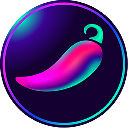-
 Bitcoin
Bitcoin $108,372.1298
-0.55% -
 Ethereum
Ethereum $2,549.7665
-0.43% -
 Tether USDt
Tether USDt $1.0001
-0.02% -
 XRP
XRP $2.2668
0.15% -
 BNB
BNB $661.8926
0.04% -
 Solana
Solana $149.5390
-1.02% -
 USDC
USDC $1.0000
0.00% -
 TRON
TRON $0.2869
-0.06% -
 Dogecoin
Dogecoin $0.1682
-1.63% -
 Cardano
Cardano $0.5809
-0.54% -
 Hyperliquid
Hyperliquid $38.7585
-2.29% -
 Bitcoin Cash
Bitcoin Cash $498.8712
0.61% -
 Sui
Sui $2.8706
-0.68% -
 Chainlink
Chainlink $13.4034
-0.31% -
 UNUS SED LEO
UNUS SED LEO $9.0486
0.29% -
 Stellar
Stellar $0.2477
-2.20% -
 Avalanche
Avalanche $17.9961
-1.58% -
 Shiba Inu
Shiba Inu $0.0...01164
-1.20% -
 Toncoin
Toncoin $2.7375
-3.59% -
 Hedera
Hedera $0.1579
-0.68% -
 Litecoin
Litecoin $86.0403
-1.42% -
 Monero
Monero $314.2818
-1.80% -
 Polkadot
Polkadot $3.3750
-0.32% -
 Dai
Dai $1.0001
0.02% -
 Ethena USDe
Ethena USDe $1.0002
0.02% -
 Bitget Token
Bitget Token $4.3114
-3.24% -
 Uniswap
Uniswap $7.4221
0.39% -
 Aave
Aave $283.8337
-0.92% -
 Pepe
Pepe $0.0...09956
-0.38% -
 Pi
Pi $0.4581
-1.07%
How to use Kraken's REST API?
Kraken's REST API lets you automate trading and manage your account; it requires setting up API keys and authenticating requests with a signature.
Apr 24, 2025 at 04:56 am
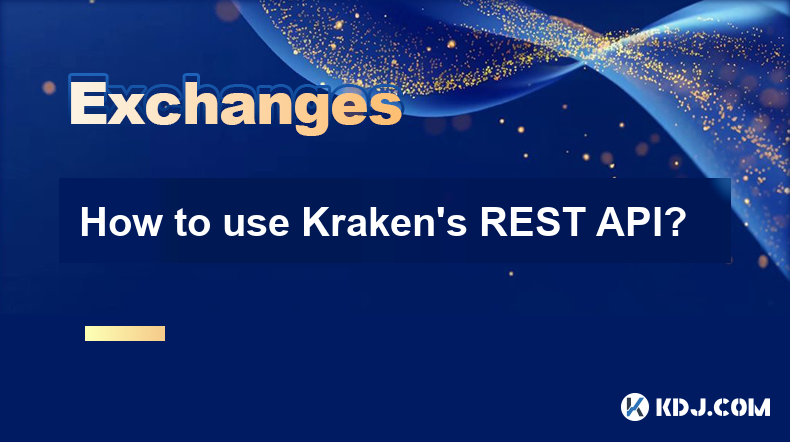
Using Kraken's REST API allows you to programmatically interact with the Kraken cryptocurrency exchange, enabling you to automate trading, manage your account, and retrieve market data. This article will guide you through the process of setting up and using Kraken's REST API, covering authentication, making requests, and understanding the API's structure.
Understanding Kraken's REST API
Kraken's REST API is a powerful tool designed for developers who need to interact with the exchange programmatically. The API is divided into two main categories: public and private endpoints. Public endpoints allow access to market data, such as ticker information, order books, and recent trades. Private endpoints, on the other hand, require authentication and provide access to user-specific data, including account balances, order management, and trade history.
Setting Up Your API Keys
Before you can use the private endpoints, you need to set up your API keys. Here’s how to do it:
- Log in to your Kraken account and navigate to the Settings section.
- Click on API to access the API management page.
- Click on Generate New Key. You will be prompted to enter a name for your key and select the permissions you want to grant.
- After generating the key, you will see an API Key and an API Secret. Save these securely, as they will be used to authenticate your API requests.
Authenticating API Requests
To authenticate your requests to the private endpoints, you need to include a signature in your request. Here’s how to create the signature:
- Generate a nonce, which is a unique number that should only be used once. You can use the current timestamp in milliseconds for this purpose.
- Create the API path you are requesting (e.g.,
/0/private/Balance). - Concatenate the nonce and the POST data (if any) into a single string.
- Create the message by concatenating the API path, the API nonce, and the POST data string.
- Use the SHA-256 algorithm to hash the message.
- Use the HMAC-SHA512 algorithm with your API secret to sign the hash.
- Include the API key, nonce, and signature in the request headers.
Here is a sample Python code snippet to illustrate the process:
import time
import hashlib
import hmac
import requestsapi_key = 'your_api_key'
api_secret = 'your_api_secret'.encode()
def get_kraken_signature(urlpath, data, secret):
postdata = urllib.parse.urlencode(data)
encoded = (str(data['nonce']) + postdata).encode()
message = urlpath.encode() + hashlib.sha256(encoded).digest()
signature = hmac.new(secret, message, hashlib.sha512)
return signature.hexdigest()
def kraken_request(uri_path, data, api_key, api_secret):
headers = {}
headers['API-Key'] = api_key
headers['API-Sign'] = get_kraken_signature(uri_path, data, api_secret)
req = requests.post((api_url + uri_path), headers=headers, data=data)
return req
Example usage
api_url = "https://api.kraken.com"
uri_path = "/0/private/Balance"
data = {'nonce': str(int(1000*time.time()))}
resp = kraken_request(uri_path, data, api_key, api_secret)
Making API Requests
Once you have set up your API keys and understand how to authenticate your requests, you can start making API calls. Here are some examples of common requests:
Public Endpoint Example: Retrieving Ticker Information
- URL:
https://api.kraken.com/0/public/Ticker?pair=XBTUSD - This request will return the current ticker information for the Bitcoin to USD pair.
- URL:
Private Endpoint Example: Checking Account Balance
- URL:
https://api.kraken.com/0/private/Balance - You need to include the authentication headers as described earlier.
- URL:
Handling Responses
Kraken's API returns responses in JSON format. Here’s how to handle the responses:
- Parse the JSON response using a JSON parser in your programming language of choice.
- Check the error field in the response. If it’s not null, it means an error occurred, and you should handle it accordingly.
- Extract the result field to access the data returned by the API.
Here’s an example of how to handle a response in Python:
import jsonAssuming 'resp' is the response object from the kraken_request function
response_json = resp.json()
if 'error' in response_json and response_json['error']:
print("Error:", response_json['error'])
else:
print("Result:", response_json['result'])
Rate Limiting and Best Practices
Kraken's API has rate limits to prevent abuse. You should be aware of these limits and implement appropriate measures in your code:
- Public endpoints have a limit of 15 requests per second.
- Private endpoints have a limit of 1 request per second for unverified accounts, and up to 20 requests per second for verified accounts.
Here are some best practices to follow:
- Implement retry logic with exponential backoff to handle rate limiting errors.
- Cache frequently accessed data to reduce the number of requests.
- Use asynchronous requests to improve the efficiency of your application.
Troubleshooting Common Issues
When using Kraken's REST API, you might encounter several common issues. Here are some troubleshooting tips:
- Invalid Signature: Double-check that your nonce is unique and that you are correctly signing your requests.
- Rate Limit Exceeded: Ensure you are respecting the rate limits and implementing proper retry logic.
- API Key Issues: Make sure your API key has the necessary permissions and that you are using the correct key and secret.
FAQ
Q: Can I use Kraken's REST API to trade multiple cryptocurrencies simultaneously?
A: Yes, you can use Kraken's REST API to manage and trade multiple cryptocurrencies. You will need to make separate API calls for each cryptocurrency pair you want to trade, ensuring that you respect the rate limits and manage your API requests efficiently.
Q: How can I ensure the security of my API keys when using Kraken's REST API?
A: To ensure the security of your API keys, store them in a secure environment, such as environment variables or a secure vault. Never hard-code your keys in your source code, and limit the permissions of your API keys to the minimum required for your application.
Q: What are the differences between Kraken's public and private endpoints?
A: Public endpoints provide access to market data and do not require authentication. They include information like ticker data, order books, and recent trades. Private endpoints require authentication and provide access to user-specific data, such as account balances, order management, and trade history.
Q: How can I handle errors and exceptions when using Kraken's REST API?
A: To handle errors and exceptions, you should always check the 'error' field in the API response. Implement error handling logic to manage different types of errors, such as rate limit exceeded, invalid signature, or server errors. Use try-catch blocks in your code to handle exceptions gracefully and implement retry logic where appropriate.
Disclaimer:info@kdj.com
The information provided is not trading advice. kdj.com does not assume any responsibility for any investments made based on the information provided in this article. Cryptocurrencies are highly volatile and it is highly recommended that you invest with caution after thorough research!
If you believe that the content used on this website infringes your copyright, please contact us immediately (info@kdj.com) and we will delete it promptly.
- Bitcoin, Investment, Safe Buy: Navigating the Crypto Landscape in 2025
- 2025-07-08 06:30:12
- DegeCoin, Solana, and Meme Tokens: Riding the Wave or a Wipeout?
- 2025-07-08 07:10:12
- Brett Price, Arctic Pablo, and Meme Coins: What's the Hype?
- 2025-07-08 06:50:12
- Cryptos, Potential Gains, Early Investment: Spotting the Next Big Thing
- 2025-07-08 06:30:12
- Solana ETF Speculation Heats Up: SEC Deadlines and SOL Price Swings
- 2025-07-08 07:10:12
- PUMP Token, Solana Adoption, and Token Sales: What's the Buzz?
- 2025-07-08 07:15:12
Related knowledge

How to recover a lost Binance account
Jul 07,2025 at 09:07pm
What Happens When a Binance Account Is Lost?Losing access to your Binance account can be a distressing experience, especially if you hold significant digital assets. This typically occurs due to forgotten login credentials, loss of two-factor authentication (2FA) devices, or compromised accounts. Understanding the exact reason behind losing access is cr...
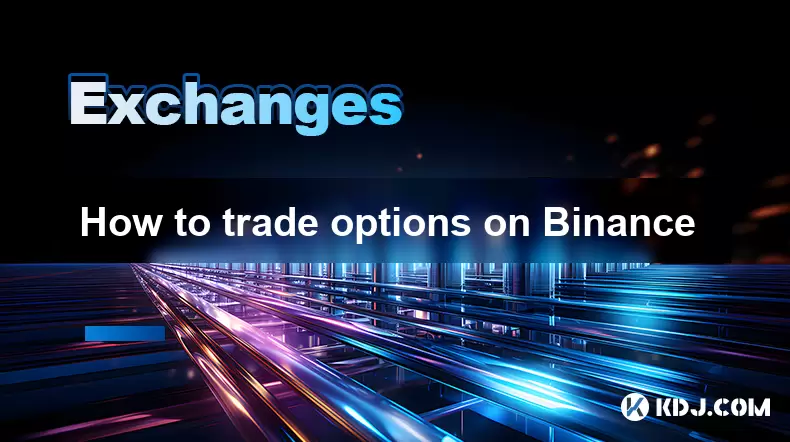
How to trade options on Binance
Jul 08,2025 at 04:35am
Understanding Options Trading on BinanceOptions trading allows investors to speculate on the future price of an asset without owning it. On Binance, users can trade crypto options, which are derivative contracts that give traders the right—but not the obligation—to buy or sell a cryptocurrency at a predetermined price before a specific date. This form o...
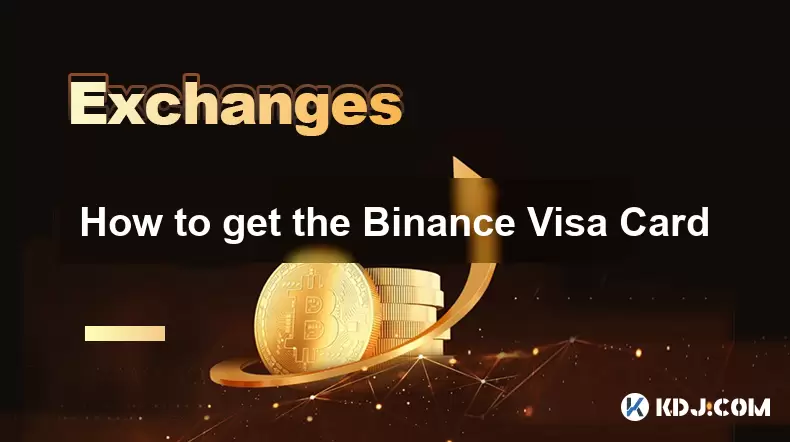
How to get the Binance Visa Card
Jul 08,2025 at 07:36am
What Is the Binance Visa Card?The Binance Visa Card is a cryptocurrency-linked payment solution that allows users to spend their digital assets in everyday transactions. Whether you're purchasing groceries, booking travel, or shopping online, this card enables seamless integration of crypto into your financial lifestyle. Unlike traditional debit or cred...

How to read Binance charts
Jul 07,2025 at 08:14pm
Understanding the Basics of Binance ChartsReading Binance charts effectively is essential for making informed trading decisions in the cryptocurrency market. Before diving into technical indicators and candlestick patterns, it's important to understand the basic layout of a chart on the Binance platform. The default chart interface displays price moveme...
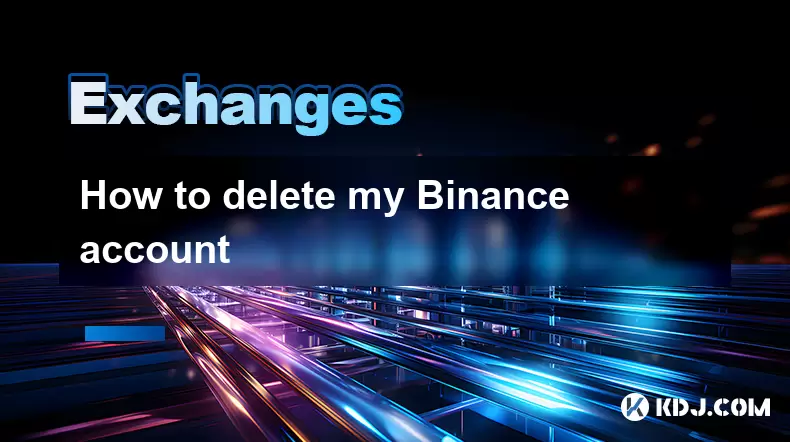
How to delete my Binance account
Jul 08,2025 at 06:35am
How to Delete My Binance AccountIf you're considering deleting your Binance account, it's important to understand the process thoroughly. Binance is one of the largest cryptocurrency exchanges globally, and permanently closing your account involves several steps. This guide will walk you through each necessary action to ensure a smooth deletion. Prepari...
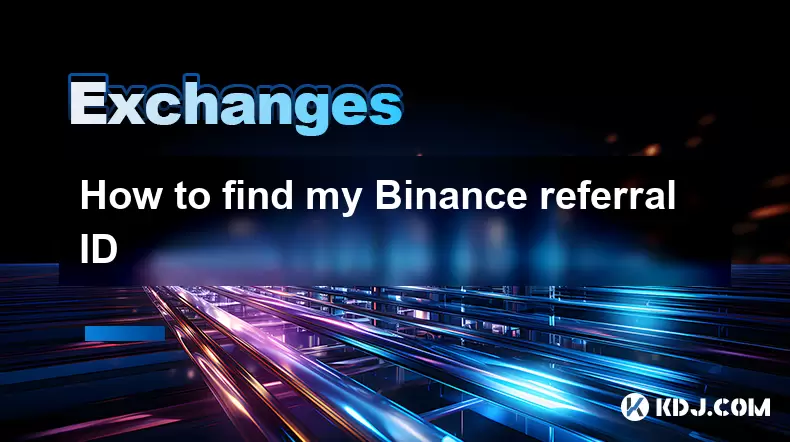
How to find my Binance referral ID
Jul 07,2025 at 06:29pm
What is a Binance Referral ID?A Binance Referral ID is a unique identifier assigned to each user on the Binance platform. This ID allows users to refer new traders to Binance and earn commissions from their trading fees. The referral program is an integral part of Binance’s ecosystem, encouraging community growth and rewarding active participants. Every...

How to recover a lost Binance account
Jul 07,2025 at 09:07pm
What Happens When a Binance Account Is Lost?Losing access to your Binance account can be a distressing experience, especially if you hold significant digital assets. This typically occurs due to forgotten login credentials, loss of two-factor authentication (2FA) devices, or compromised accounts. Understanding the exact reason behind losing access is cr...

How to trade options on Binance
Jul 08,2025 at 04:35am
Understanding Options Trading on BinanceOptions trading allows investors to speculate on the future price of an asset without owning it. On Binance, users can trade crypto options, which are derivative contracts that give traders the right—but not the obligation—to buy or sell a cryptocurrency at a predetermined price before a specific date. This form o...

How to get the Binance Visa Card
Jul 08,2025 at 07:36am
What Is the Binance Visa Card?The Binance Visa Card is a cryptocurrency-linked payment solution that allows users to spend their digital assets in everyday transactions. Whether you're purchasing groceries, booking travel, or shopping online, this card enables seamless integration of crypto into your financial lifestyle. Unlike traditional debit or cred...

How to read Binance charts
Jul 07,2025 at 08:14pm
Understanding the Basics of Binance ChartsReading Binance charts effectively is essential for making informed trading decisions in the cryptocurrency market. Before diving into technical indicators and candlestick patterns, it's important to understand the basic layout of a chart on the Binance platform. The default chart interface displays price moveme...

How to delete my Binance account
Jul 08,2025 at 06:35am
How to Delete My Binance AccountIf you're considering deleting your Binance account, it's important to understand the process thoroughly. Binance is one of the largest cryptocurrency exchanges globally, and permanently closing your account involves several steps. This guide will walk you through each necessary action to ensure a smooth deletion. Prepari...

How to find my Binance referral ID
Jul 07,2025 at 06:29pm
What is a Binance Referral ID?A Binance Referral ID is a unique identifier assigned to each user on the Binance platform. This ID allows users to refer new traders to Binance and earn commissions from their trading fees. The referral program is an integral part of Binance’s ecosystem, encouraging community growth and rewarding active participants. Every...
See all articles
















